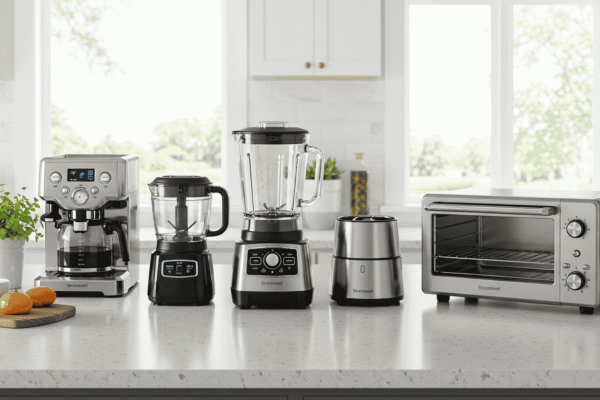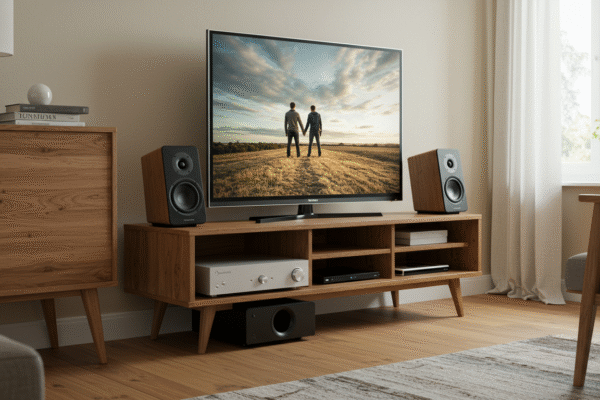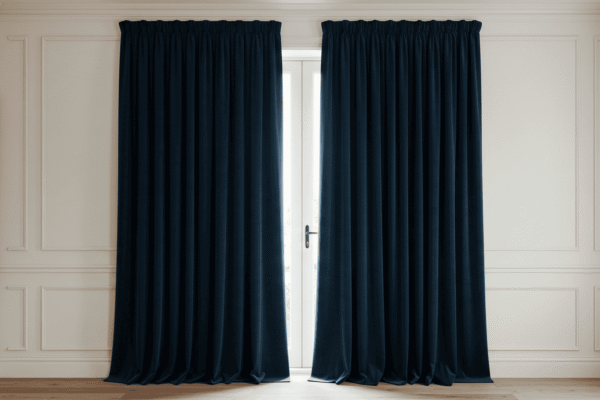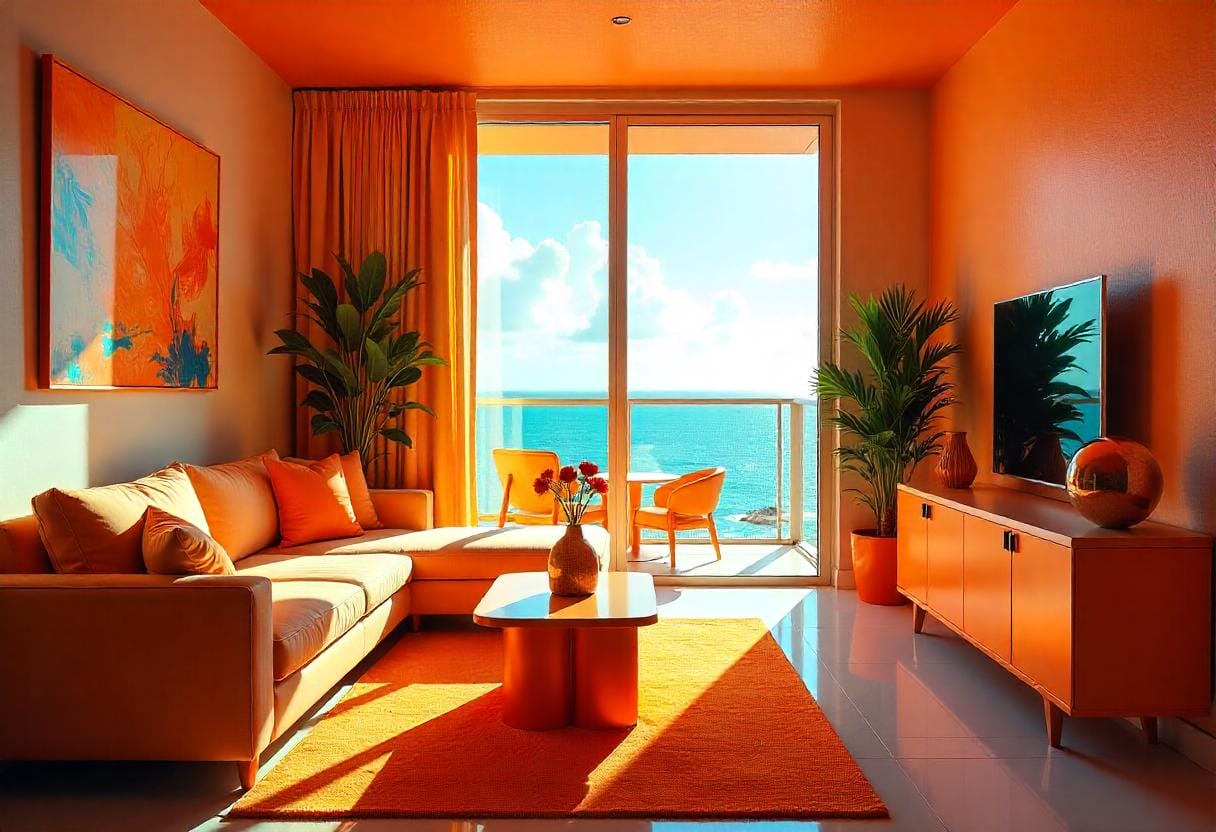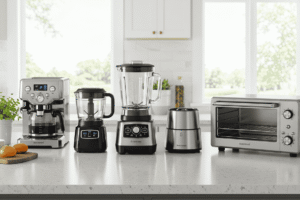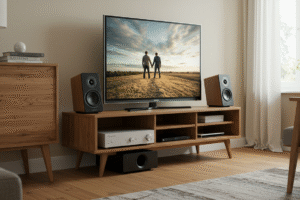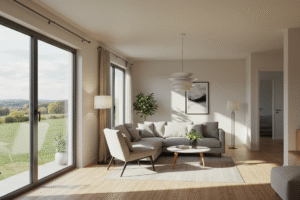Furniture for small apartments can be a real challenge to choose — but it doesn’t have to be stressful. When space is limited, every piece counts, and picking the right furniture can transform a cramped area into a stylish, functional, and comfortable home. In this guide, you’ll discover smart tips and creative ideas to select space-saving furniture, maximize your small apartment’s potential, and create a cozy, organized living space that truly feels like home. Whether you’re working with a studio or a tiny one-bedroom, these strategies will help you make the most of every square inch without sacrificing style.
Understand Your Space Before You Shop
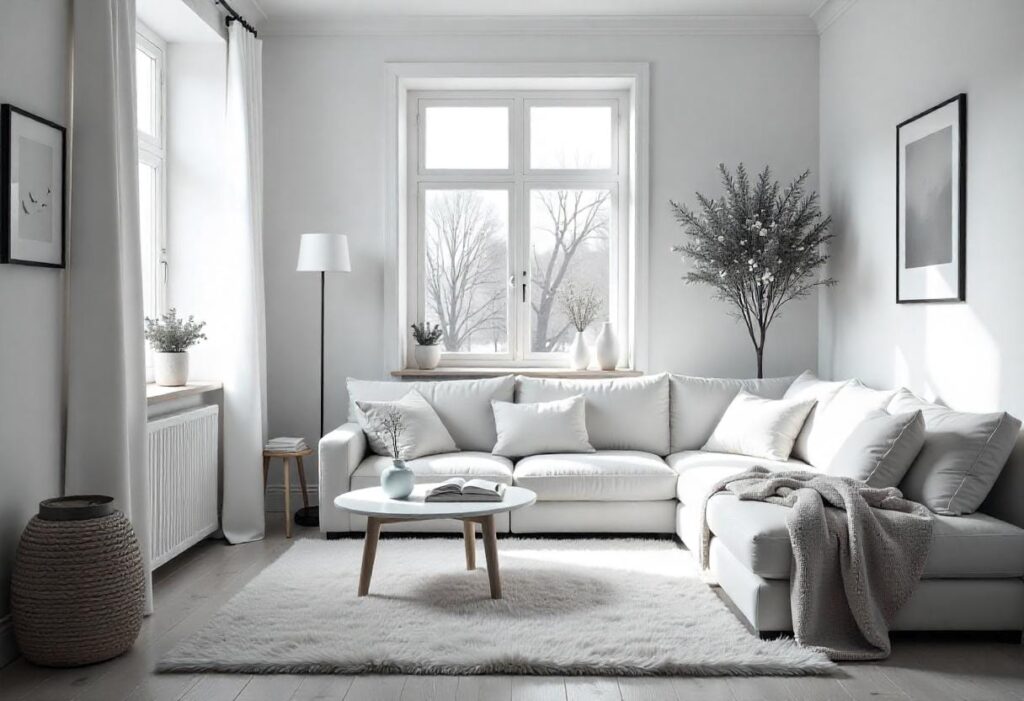
Before diving into choosing furniture for small apartments, the most important step is to fully understand the space you’re working with. Without a clear picture of your apartment’s dimensions and layout, it’s easy to select pieces that don’t fit or disrupt the flow of the room. Taking the time to measure and plan will save you frustration, time, and money in the long run. Knowing your space also helps you focus on space-saving furniture that truly maximizes every inch.
Measure Everything — and Then Measure Again
Accurate measurements are the foundation of any successful small apartment furnishing project. Take detailed notes of every dimension, including not only the floor space but also vertical clearance and passageways. It’s better to double-check these measurements before purchasing any furniture.
Here’s a simple table of the key measurements you should record before shopping:
| Area to Measure | Why It Matters |
|---|---|
| Room dimensions (length, width) | Determines the size of furniture that fits comfortably |
| Doorway width | Ensures furniture can be moved into the apartment |
| Ceiling height | Important for tall furniture and storage options |
| Window placement & size | Affects natural light and furniture positioning |
| Hallway width | Critical for moving large pieces inside |
| Available wall space | Guides where shelves, desks, or mounted units can go |
Having this detailed information lets you filter out furniture that won’t work and focus on pieces designed to fit smaller spaces.
Sketch a Layout to Visualize Flow
Once you have your measurements, create a simple sketch of your apartment’s layout. This can be done on paper or with basic digital tools. Visualizing your room allows you to test different furniture arrangements without the hassle of moving heavy pieces repeatedly.
Start by drawing the walls, windows, and doors to scale, then add furniture blocks to represent the items you plan to buy or already own. This step helps you identify potential traffic flow issues and find creative ways to fit essential furniture without overcrowding.
Use Free Online Room Planners
If you prefer a digital option, there are several free room planning tools available online that let you create accurate floor plans and try out furniture placement virtually. These tools often include drag-and-drop furniture libraries and 3D views, which can make it easier to imagine how your small apartment will look once furnished. Using such tools can save time and help you make better purchasing decisions.
Opt for Multi-Functional Furniture Pieces
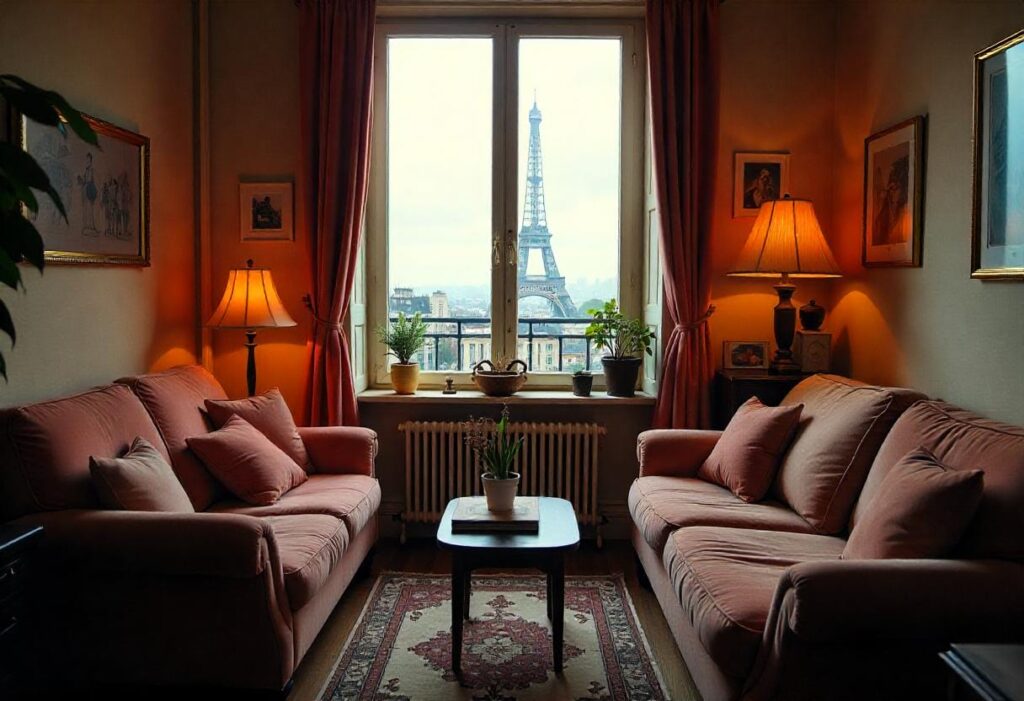
Choosing multi-functional furniture is one of the smartest strategies when furnishing small apartments. These pieces serve more than one purpose, helping you save valuable space without sacrificing comfort or style. Instead of crowding your apartment with multiple single-use items, invest in furniture that adapts to your needs and maximizes every inch of your home.
Furniture That Does Double Duty
Look for furniture designed to perform two or more functions. For example, a bed with built-in storage drawers provides a place to sleep and additional hidden storage. Fold-out sofas or sleeper couches can turn your living room into a guest bedroom when needed. Ottomans with hidden compartments offer seating while also serving as a discreet storage solution. These clever designs help reduce clutter and keep your small space organized and versatile.
Comparison Table: Single-Purpose vs. Multi-Functional Furniture
Here’s a comparison that highlights the key benefits of choosing multi-functional furniture over single-purpose items:
| Feature | Single-Purpose Furniture | Multi-Functional Furniture |
|---|---|---|
| Space Efficiency | Takes up dedicated space for one use | Combines uses to save floor space |
| Value for Money | Often cheaper per piece, but need multiple items | Higher upfront cost but replaces several items |
| Flexibility | Limited to one function | Adaptable to different needs and rooms |
| Storage Options | Usually no built-in storage | Frequently includes hidden or extra storage |
| Ideal for Small Apartments | Less practical in tight spaces | Perfect for maximizing small areas |
By focusing on multi-functional furniture, you can create a home that feels larger and more organized, with fewer bulky pieces cluttering your rooms.
Think Vertically, Not Just Horizontally
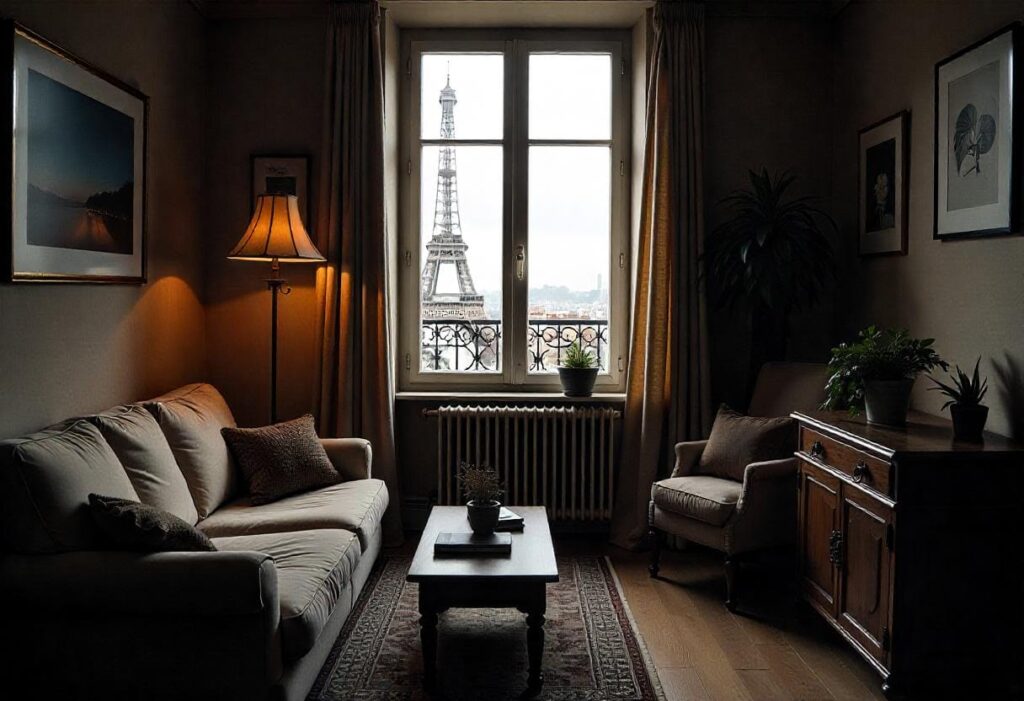
When furnishing small apartments, it’s easy to focus only on floor space, but thinking vertically can open up a whole new world of possibilities. Using your walls and vertical corners effectively allows you to free up precious floor area, making your home feel more spacious and organized. Embracing vertical design is a key part of selecting the right space-saving furniture and storage solutions.
Maximize Wall and Corner Space
Wall-mounted furniture is a game-changer for small living spaces. Installing wall-mounted desks or fold-down tables gives you a functional workspace without taking up floor room. Floating nightstands and shelves keep essentials close at hand while creating an uncluttered look. Corners, often overlooked, are perfect spots for shelving units or small corner desks that fit snugly without intruding on main living areas.
Vertical Storage Solutions
In addition to wall-mounted options, vertical storage furniture helps you utilize height rather than floor area. Tall shelving units, slim bookcases, and stackable storage cubes offer plenty of room for books, décor, or everyday items while occupying minimal footprint. These pieces keep your belongings accessible and visible without crowding your apartment. Choosing lightweight, narrow, or open-design units can also maintain an airy atmosphere.
Match Furniture to Your Style Without Sacrificing Function
Choosing furniture for small apartments isn’t just about fitting pieces into tight spaces—it’s also about creating a home that reflects your personal style while remaining practical. Striking the right balance between aesthetics and functionality ensures your space feels inviting and comfortable, not cramped or cluttered.
Balance Aesthetics with Practicality
When deciding on your décor style, consider how different approaches work in small spaces. Minimalist designs, characterized by clean lines and uncluttered layouts, often help make rooms feel larger and more open. On the other hand, a cozy style with warm textures and layered elements can create a comforting atmosphere but requires careful selection of compact, versatile furniture to avoid overcrowding. The key is to choose pieces that serve your lifestyle needs without overwhelming the space visually or physically.
Color, Texture, and Light Tricks
Using the right colors, textures, and lighting can dramatically change how spacious your apartment feels. Light and neutral colors, such as whites, pastels, and soft grays, reflect more light and make walls and furniture appear less bulky. Reflective surfaces like glass or mirrors bounce light around the room, enhancing the sense of openness. Clean lines and simple shapes in furniture design also contribute to an uncluttered look, helping your small apartment feel airy and well-organized.
Embrace Hidden and Compact Storage Ideas
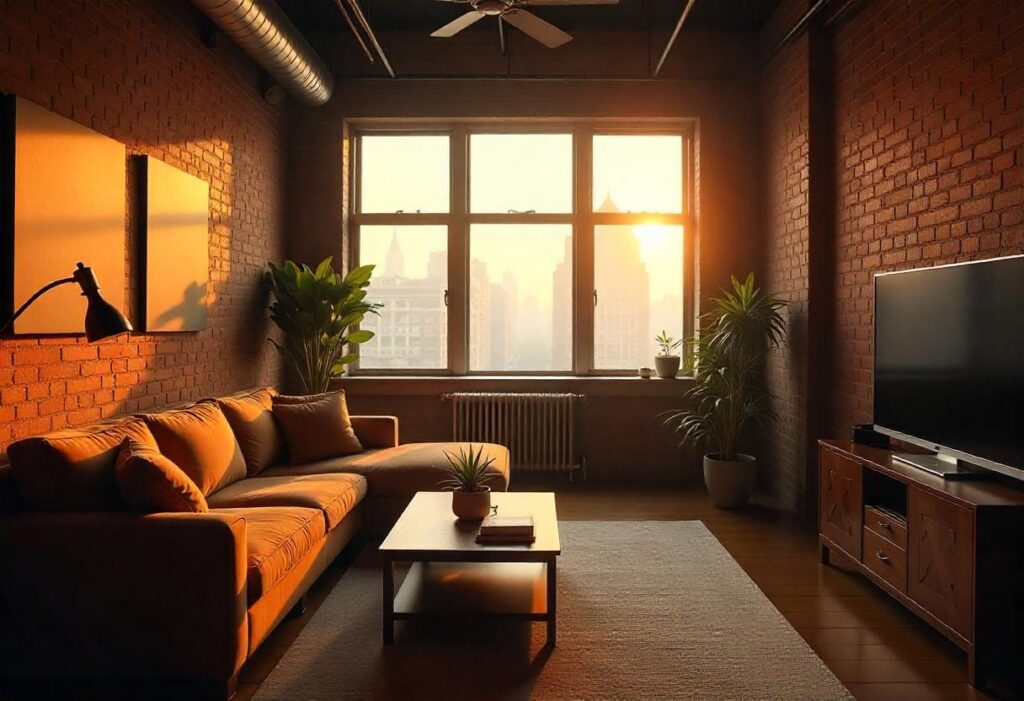
Maximizing storage is essential when choosing furniture for small apartments. Hidden and compact storage solutions allow you to keep your belongings organized without sacrificing precious living space. These smart storage ideas help reduce clutter and maintain a clean, comfortable environment.
Clever Storage You Don’t See
Look for furniture that conceals storage in unexpected places. Beds with built-in drawers or lift-up frames provide ample space for clothes, bedding, or other items. Side tables with cabinets or drawers keep essentials close by but out of sight. Storage benches or ottomans with hidden compartments double as seating or footrests while hiding clutter. These clever options make it easy to keep your apartment tidy without extra bulky storage units.
Compact Doesn’t Mean Cramped
Just because a piece is compact doesn’t mean your space has to feel cramped. Thoughtful layouts and careful furniture selection can maintain openness even in tight areas. Using a visual grid or infographic to plan compact furniture arrangements helps you see how items fit together, maximizing both storage and flow. This approach encourages mixing smaller, functional pieces that work harmoniously rather than crowding the room with oversized furniture.
Keep It Light, Movable, and Modular
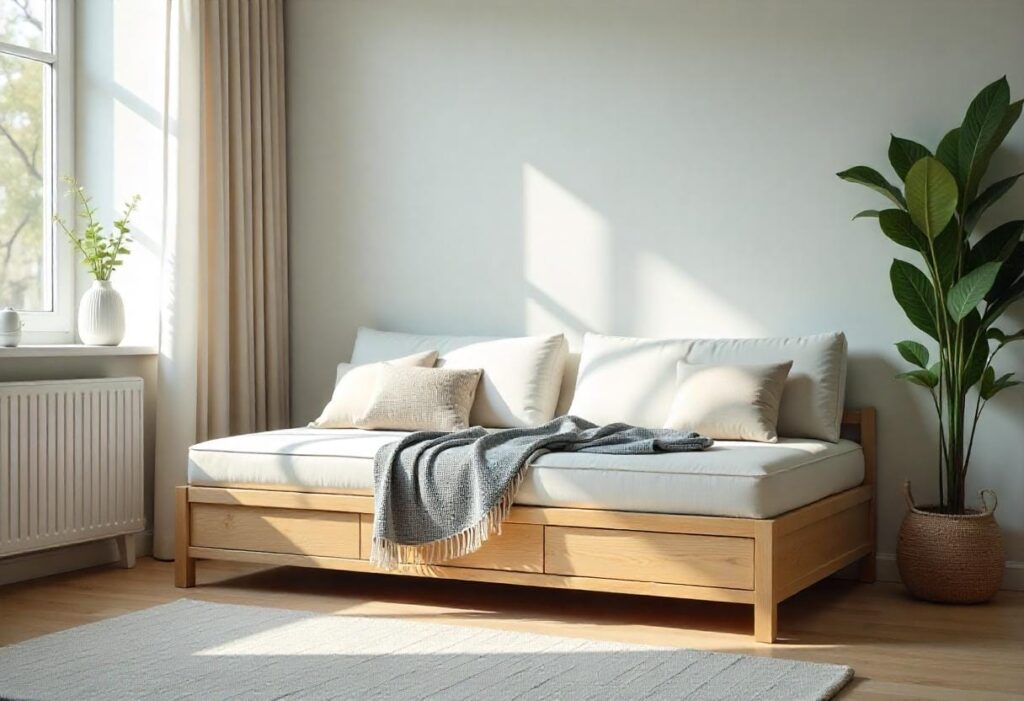
When furnishing small apartments, prioritizing lightweight furniture and modular designs allows you to adapt your space effortlessly. Flexibility is key in compact living environments, where needs and layouts often change.
Lightweight Furniture Is Easier to Rearrange
Choosing furniture that’s easy to move means you can quickly refresh your apartment’s layout or adjust it to different activities. Lightweight chairs, tables, and storage units work especially well in studios or rental spaces, where flexibility is important. Being able to rearrange pieces without heavy lifting helps maintain a dynamic, functional home that evolves with you.
Modular Pieces Let You Grow with Your Space
Modular furniture offers incredible versatility by letting you customize or expand your setup over time. Stacking stools provide extra seating when needed and can be tucked away otherwise. Extendable tables adapt to different occasions, from solo meals to group dinners. Nesting furniture — like tables or chairs that fit neatly inside one another — saves space while offering additional functionality. These modular solutions make it easy to optimize your living area as your lifestyle changes.
Rearranging is Your Secret Superpower
One of the most underrated strategies for making the most of furniture for small apartments is simply rearranging your space regularly. Changing your layout not only keeps your home feeling fresh and inviting but also helps you discover new ways to use your existing furniture more effectively.
Refresh Your Layout Regularly
Try rearranging your furniture to match the seasons, your mood, or changing needs. For example, opening up the room during warmer months can create an airy vibe, while a cozy arrangement with soft textiles may feel perfect for colder seasons. Regularly shifting your layout encourages creativity and keeps your small apartment from feeling stagnant or cramped.
Use Foldable or Stackable Furniture to Create Flex Zones
Flexible furniture pieces like foldable tables or stackable chairs are essential for maximizing small spaces. A dining table can double as a workspace when needed, then fold away to free up room. Similarly, a sofa area can be transformed into a guest zone by adding stackable stools or compact fold-out beds. These adaptable pieces give you the freedom to switch your apartment’s function on demand, making your small space work harder for you.
Real-Life Layout Examples & Quick Tips
Putting all the advice into practice can feel overwhelming, so let’s look at some practical examples and tips to help you confidently arrange furniture for small apartments. Visualizing layouts and having a checklist makes planning easier and ensures you don’t miss important details.
Tiny Living Room Layouts That Work
Small living rooms benefit from carefully planned furniture placement to maintain flow and comfort. Using an illustrated layout or diagram helps you see where key pieces like sofas, coffee tables, and shelving fit best without overcrowding. For example, placing a compact sofa against the longest wall, paired with a small coffee table and wall-mounted shelving, can create an open and inviting space.
Studio Apartment Furniture Placement Ideas
Studios require furniture that divides zones while keeping the room airy. Essential pieces include a bed or sleeper sofa, a small dining or work table, and modular storage units. Here’s a mini checklist for studios:
- Sleeping area furniture (bed or convertible sofa)
- Compact dining/work table
- Modular or vertical storage
- Foldable or stackable seating
- Lighting solutions for different zones
This checklist helps you focus on versatile, space-efficient items tailored to your unique studio layout.
Downloadable Printable: Small Apartment Furniture Planning Checklist
To make your planning even easier, consider offering a downloadable Small Apartment Furniture Planning Checklist. This handy resource can guide readers through measuring, selecting, and arranging furniture, boosting engagement and providing lasting value.
Final Thoughts on Choosing Furniture for Small Apartments
Selecting the right furniture for small apartments is all about making thoughtful choices that maximize space, functionality, and style. By understanding your space, embracing multi-functional and vertical furniture, and staying flexible with layouts, you can create a comfortable, beautiful home no matter how limited the square footage. Remember, the best furniture is one that fits your lifestyle and helps your apartment feel like truly your own. With these tips, furnishing your small apartment can become an enjoyable and rewarding experience.

